Introducing the NASA Advisory Reporting System (NARS)
July 30, 2015
2-minute read
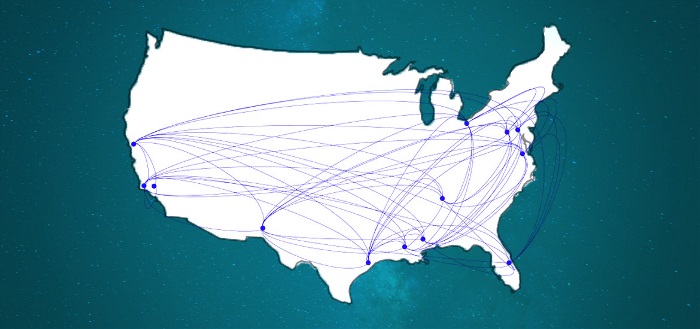
NASA’s new system changes how the agency generates and searches for NASA Advisories.
Policy Changes Affecting Safety and Health Plans to Result in Cost Savings
April 15, 2015
2-minute read

Changes to NASA Federal Acquisition Regulation Supplement 1852.223-73 will make NASA’s proposal review process quicker and more efficient. The requirement changes permit companies competing for low-cost and administrative contracts with minimal hazards to submit Safety and Health Plans after the contract is awarded.
Electrostatic Discharge Control Industry Standard Updated
March 20, 2015
3-minute read
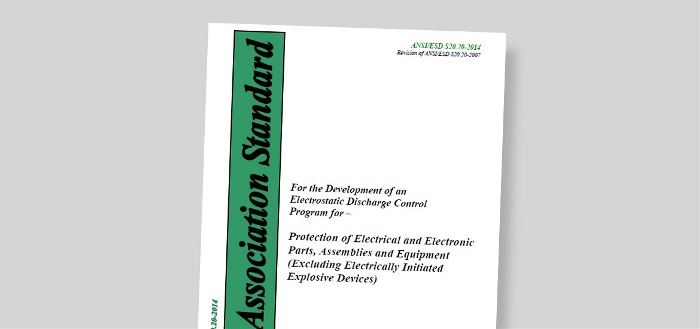
In 2014, the Electrostatic Discharge Association updated its primary Electrostatic Discharge (ESD) control standard: American National Standards Institute/ESD S20.20. The changes affect how NASA defines the minimum requirements for ESD controls applied when the agency and its suppliers process and handle mission hardware that is sensitive to damaging ESD events.
Streamlined Lifting Standard Will Be Easier to Use and Follow
January 21, 2015
2-minute read
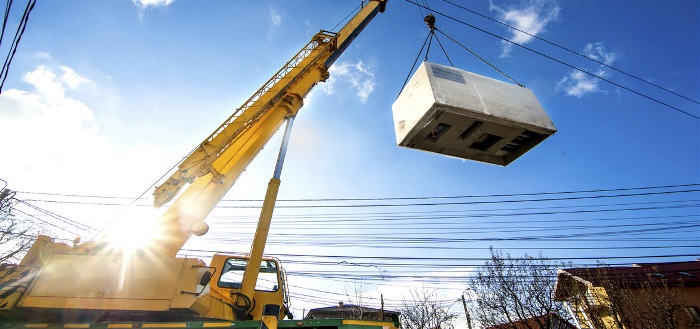
The revised NASA-STD-8719.9, Lifting Standard — formerly Standard for Lifting Devices and Equipment — is currently in review. The new version has been updated and streamlined for clarity and ease of use.
Managing the Growing Popularity of Unmanned Aircraft Systems
January 12, 2015
3-minute read
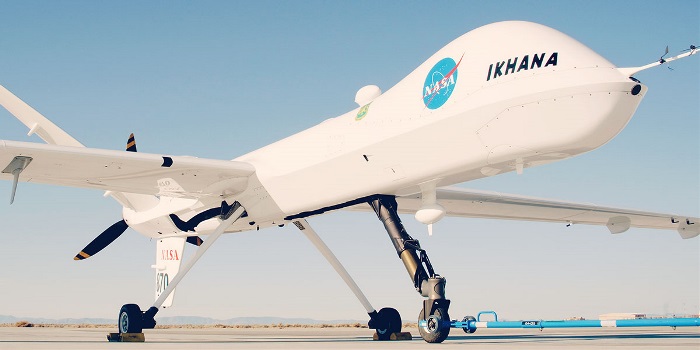
As more NASA programs and projects begin using Unmanned Aircraft Systems to achieve their missions, the agency must carefully implement policies and controls to ensure safety.
OSMA Introduces New Objectives-Based Strategies
December 04, 2014
4-minute read

The Office of Safety and Mission Assurance introduces a new objectives-based approach to better support NASA’s increasingly complex missions in a changing design environment.
Space Addendum Adds Quality Requirements to Industry ESD Standard
December 04, 2014
3-minute read

NASA and other government and industry partners have made substantial progress this year in the development of technical standards that effectively mitigate the longstanding and growing threat posed by electrostatic discharge.
DoD Passed Counterfeit Rule, Is NASA Next?
August 15, 2014
4-minute read

NASA recently proposed new legislation to address the growing problem of counterfeit parts in the aerospace industry supply chain. The legislation is part of the NASA 2014 Authorization Bill, which passed the House on June 9 and is awaiting approval by the Senate before moving to the president to be signed into law. If passed, NASA will implement changes required by the law through modifications to the NASA Federal Acquisition Regulation Supplement (NASA FAR Supplement or NFS).
New Management System Deployed for Agency SMA Requirements
June 13, 2014
2-minute read
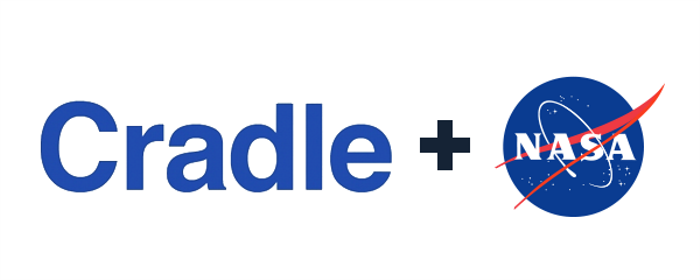
NASA’s Office of Safety and Mission Assurance (OSMA) has deployed a new requirements accessibility platform to replace the Safety and Mission Assurance Requirements Tracking System. This completes the first step in an effort to improve management and accessibility of OSMA requirements.
Policy Updates Improve Expendable Launch Vehicle Payload Safety Program Processes
March 31, 2014
3-minute read

Recent changes to NPR 8715.7, Expendable Launch Vehicle (ELV) Payload Safety Program, reflect new program standards and improve the overall ELV payload safety review and approval process.